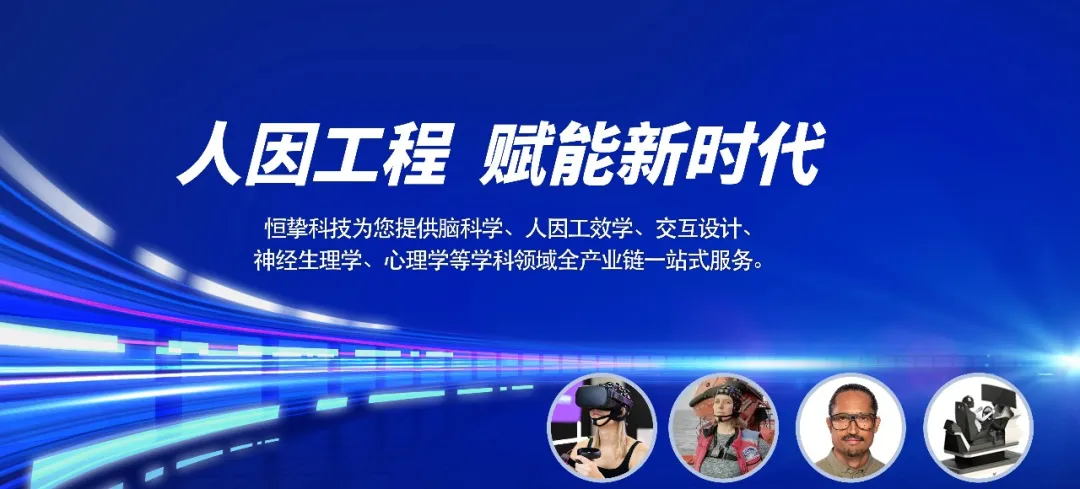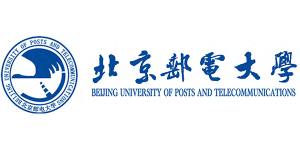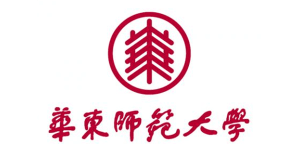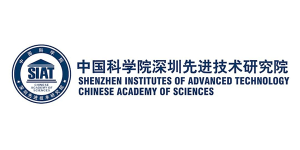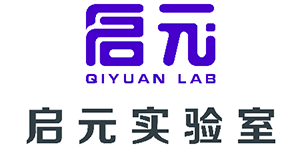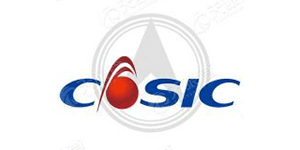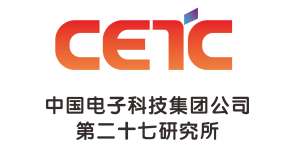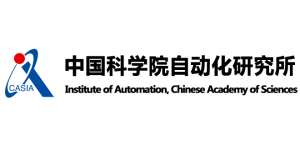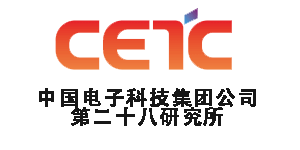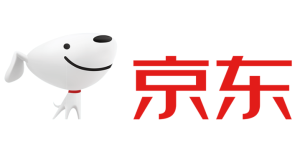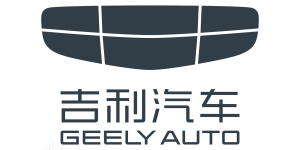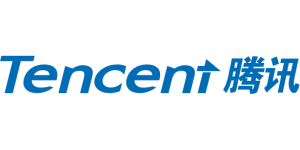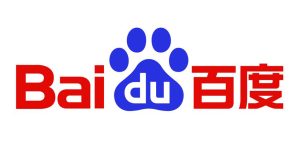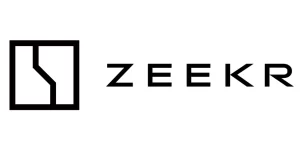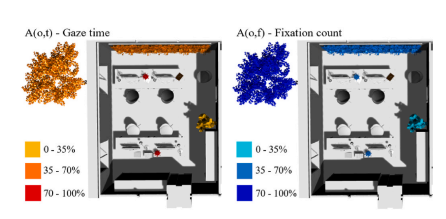


Part.1
introductory
![]()
![]()
![]()
![]()
![]()
![]()
![]()
Previous studies have demonstrated the importance of indoor environmental design for productivity enhancement, and that improvements in the quality of the work environment can positively affect users' attention, comfort, and productivity based on individuals' cognitive performance (ASHRAE Standard, 2019; Miyake et al., 2000; Diamond, 2013). However, existing green element studies have divergent results and are mostly derived from real-life scenarios, which are not only time-consuming but also relatively expensive. In this context, eye-tracking virtual reality (VR) devices were applied to support the assessment of the impact of indoor green elements on individual efficiency and engagement.
Part.2
Method
![]()
![]()
![]()
![]()
![]()
![]()
![]()
Subjects: 39 males and 24 females.
Age: 19-42 (24 ± 4.69) years.
Equipment: VIVE PRO Eye head-mounted display and SteamVR plug-in.
Scenarios: indoor green, outdoor green and non-biophilic.
Test tasks: magnitude-parity (MP) test, Stroop task and OSPAN task.
Evaluation metrics: objective cognitive task performance, eye-tracking metrics, and subjective questionnaire data.
All subjects were free of severe visual impairment and had normal visual acuity or corrected visual acuity at the time of testing.
For the experimental flow, see Figure 1.
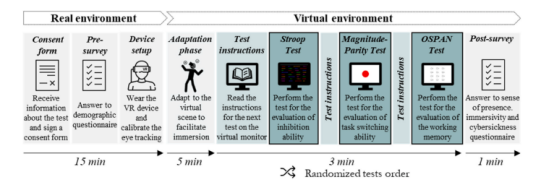

seek1
Part.3
Results
![]()
![]()
![]()
![]()
![]()
![]()
![]()
The study was tested for high ecological validity, with presence and immersion ratings consistent with previous studies.
1. effects of different scenes on visual attention and distraction
The results of the study showed (see Fig. 2 and Table 1) that desk plants with flowers had the longest gaze times (A(o,t) = 100%), followed by trees (A(o,t) = 68%). Conversely, outdoor trees had the highest number of gazes (A(o,f) = 100%), followed by flowering plants (A(o,f) = 60%). Flowering plants had the shortest TTFF (7.38s), followed by green walls (15.70s), followed by outdoor trees (15.74s), and lastly, floor potted plants (45.12s). Flowering plants also had the longest FFD (0.63s), while green walls and outdoor trees had the shortest FFD times (0.19s and 0.21s). Flowering plants had the shortest TTFF (7.38s), followed by green walls (15.70s), followed by outdoor trees (15.74s), and lastly, floor potted plants (45.12s).



seek2
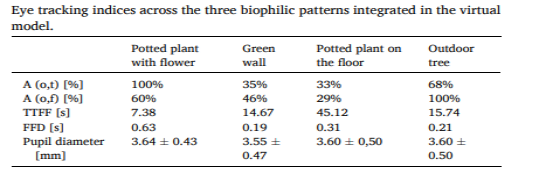

2. the relationship between eye-tracking metrics and cognitive tasks
The results of the study showed (Fig. 3) that the number of gaze times was positively correlated with instruction reading time (τ = 0.77), time to complete the Stroop test (τ = 0.46), and the number of letter errors in the OSPAN test (positive correlation, τ = 0.46). Gaze counts were significantly and positively correlated with instruction reading time (τ = 0.90), Stroop test completion time (τ = 0.63), and the number of letter errors in the OSPAN test (τ = 0.41). Sweep counts were significantly and positively correlated with instruction reading time (τ = 0.75), time to complete the Stroop test (τ = 0.30), number of letter errors on the OSPAN test (τ = 0.46), and number of errors on the Stroop test (positive, τ = 0.21).


Table2
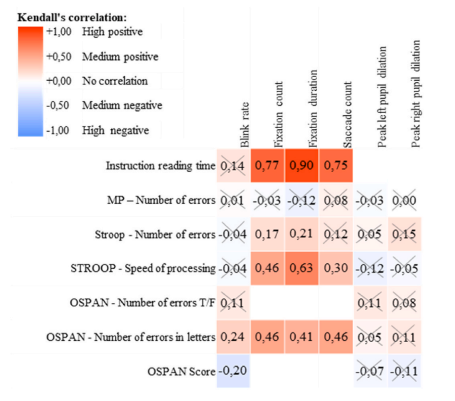

seek3
Part.4
talk over
![]()
![]()
![]()
![]()
![]()
![]()
![]()
1. effects of different scenes on visual attention and distraction
Subjects' visual attention and interest in the presence of indoor and outdoor greenery appeared to be influenced by the spatial location of the greenery and the proximity to the user sitting in front of the virtual display (i.e., yielding higher number of gazes and gaze duration). Moreover, the higher the proximity to the green elements, the higher the potential for visual interaction and the stronger the emotional attachment.
Subjects' visual distraction during the cognitive task was induced by more prominent green elements in dimensional and spatial locations (i.e., green walls, more distracted subjects, number of gazes, and gaze time related to test duration). The introduction of green elements has the potential to increase users' interest in the indoor environment without impairing related cognitive performance.
2. the relationship between eye-tracking metrics and cognitive tasks
This study is the first to examine the relationship between eye-tracking metrics and cognitive task responses in the context of having a visual connection to nature, finding that the greater the number and duration of gazes, the greater the workload, suggesting that cognitive load and performance outcomes as measured by eye-tracking may interact with each other, consistent with previous research.
Even in the absence of significant differences in performance outcomes, the IG scenario had a lower cognitive load and a more efficient search for correct information compared to OG and NB.
Part.5
Conclusion
![]()
![]()
![]()
![]()
![]()
![]()
![]()
Visual attention is positively influenced by the user's proximity to green elements, while visual distraction from the task is negatively influenced by the green dimension. Lower cognitive load and more efficient information search in the presence of green elements lead to increased productivity.
Part.6
References
![]()
![]()
![]()
![]()
![]()
![]()
![]()
ASHRAE Standard, 2019. journal - June 2019 61, 1-85.
Diamond, A. (2013). Executive functions. Annual Review Psychology, 64, 135-168. https://doi. org/10.1146/annurev-psych-113011-143750.
Latini, A., Marcelli, L., Giuseppe, E. D., D'Orazio, M. (2024). Investigating the impact of greenery elements in office environments on cognitive performance, visual attention and distraction: an eye-tracking pilot-study in virtual reality. Applied Ergonomics, 118, 104286. https://doi.org/10.1016/j.apergo.2024.104286.
Miyake, A., Friedman, N.P., Emerson, M.J., Witzki, A.H., Howerter, A., Wager, T.D., 2000. the unity and diversity of executive functions and their contributions to complex "frontal lobe" tasks: a latent variable analysis. Cognitive Psychology, 41, 49-100. https://doi.org/10.1006/cogp.1999.0734.


Company Profile
